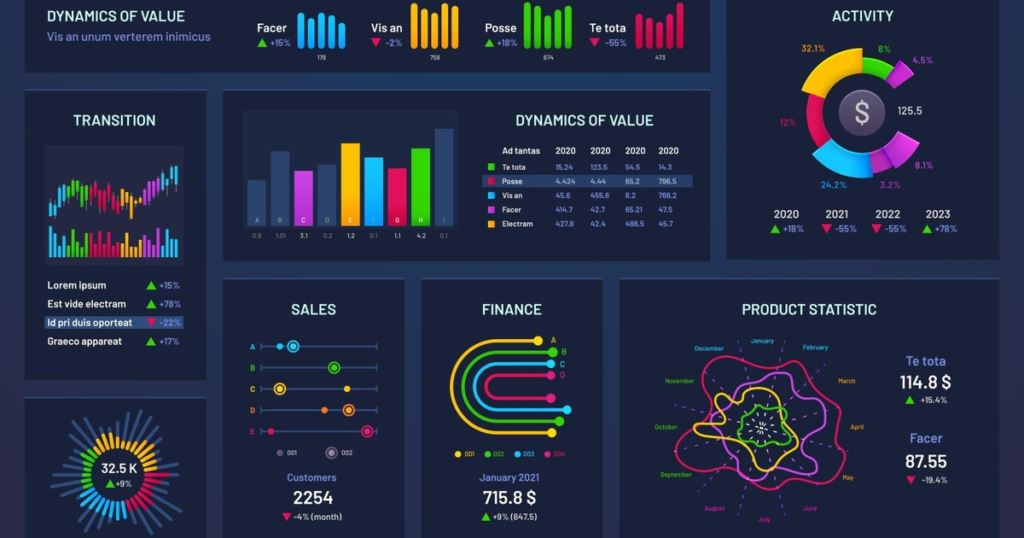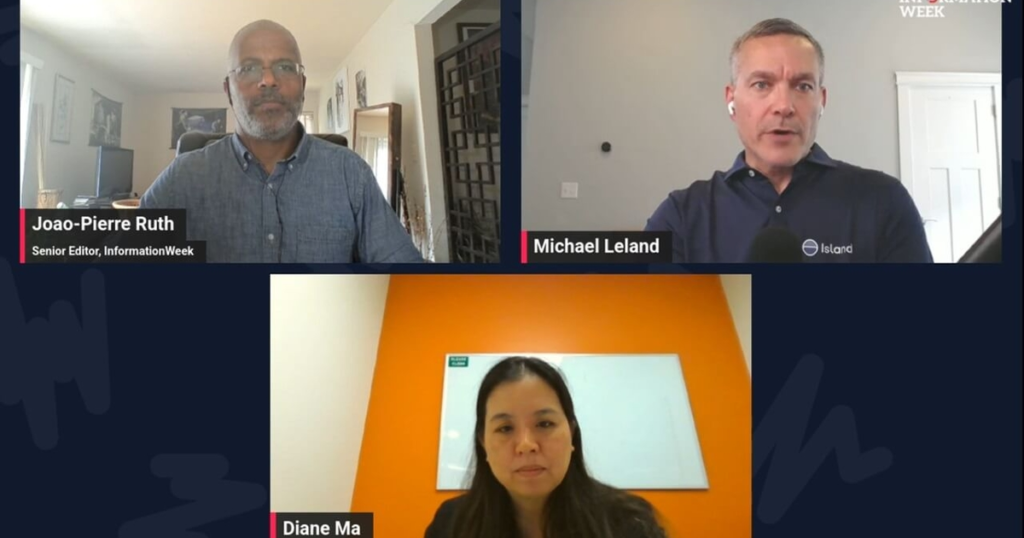Digital Transformation Is a Golden Opportunity for RGP
IT modernization isn’t a foreign concept at RGP. The global professional services firm advises 70% of Fortune 500 companies on how to plan and execute complex digital transformation projects. However, a few years ago, the Dallas, Texas company recognized an uncomfortable truth: Unless it upgraded its own infrastructure, it risked losing credibility and falling behind competitors. That realization set off a four-year mission to overhaul the company’s IT framework. The goal? Migrate off legacy systems such as Microsoft Dynamics and embrace a cloud-based architecture built for speed, agility, and flexibility. “We needed teams to work faster and better,” declares Keith Golden, chief information officer. “No one wants to hire a consulting firm that can’t modernize itself.” The initiative, dubbed Project Phoenix, has rewired workflows — and reshaped results. By swapping out legacy systems, code bases, and data framework for a lightning-fast digital infrastructure, RGP is fueling innovation and dialing up its ability to respond to constantly changing business demands. “This was our chance to lead by example,” Golden says. “We had to stick the landing.” Speed Bumps For decades, medium and large companies have turned to RGP to address complex staffing needs. Yet after the firm expanded into business consulting during the early 2000s, it found itself increasingly constrained by an outdated IT infrastructure. By 2020, things had reached a breaking point. “We had code bases that vendors no longer supported. We had software systems that couldn’t interact and exchange data,” Golden says. Related:IT Leadership Is More Change Management Than Technical Management The problems didn’t stop there. RGP’s applicant tracking platform wouldn’t integrate with other critical software. This meant that teams sometimes had to use several systems to accomplish basic tasks. On top of that, brittle code triggered disruptions and occasional breakdowns. “We were siloed,” Golden admits. “In some cases, people had little or no visibility into events.” Keith Golden, RGP Inefficient manual processes were piling up, Golden explains. This made work far more difficult for the more than 2,600 RGP consultants and specialists scattered across 37 countries. “We weren’t operating at the speed required for today’s business environment. It was clear that we had to adopt faster and more efficient workflows and processes,” he says. In late 2021, the company launched Project Phoenix, a multi-year modernization initiative. Golden stepped in as CIO for RGP a year later. The firm selected Microsoft Azure and an application stack built around Workday Finance and HCM modules to handle money and people; Salesforce to manage customer relationships; Aperture for applicant tracking; and ContractPod AI, a firm specializing in AI-powered contract lifecycle management. Related:What a CIO Needs to Do Today to Prepare for Quantum Computing Into the Clouds In early 2024, with Deloitte serving as the systems integrator, RGP began to switch on the new systems. “It was far from a lift-and-shift project,” Golden says. Initially, teams had to assess what data the company had, how different groups stored and organized it, and how people used the data to do their work. Analysts also had to determine how to optimize the data for the new systems. “We had to work through complex issues related to cleaning and preparing data,” Golden notes. Although RGP mostly uses plugged-in vendor APIs to connect applications, it also had to develop its own APIs and code to optimize the workflows. “We had specialized situations where we needed custom code and specific functionality to get data where it was needed at any given moment,” Golden explains. Executive alignment and a focus on change management were key factors, Golden says. “Fortunately, we had buy-in from our leadership from start to finish. This provided the support we needed to see the project through to the end.” At the same time, the change management team identified technology gaps, fine-tuned processes, and worked with employees to tweak and adapt the new workflows. Related:IT Leadership Takes on AGI The resulting platform addresses today’s business requirements — yet it’s also engineered for the future. This includes support for specialized artificial intelligence and agentic AI tools embedded in Salesforce and other enterprise applications. Fueled by agile teams and continuous improvements, RGP has developed a global playbook that keeps the business at the leading edge of innovation. Agility on Demand The project wasn’t without challenges. For example, one small vendor was supposed to build out additional functionality within RGP’s time tracking application, which consultants in the field use for billing. Internal teams had already begun writing code and developing APIs — based on a planned acquisition by Workday. However, six months before the system was supposed to go live, a different company acquired the software firm. “We had to go back and revamp all the code,” Golden says. Yet, overall, the modernization initiative progressed smoothly, Golden says. Today, teams are working faster and more efficiently across numerous areas. For example, when RGP receives a request from a client to find qualified candidates, job openings flow from Salesforce into Aperture. It can then match qualified candidates and rank them based on specific criteria, including skills and role requirements. “This eliminates the need for recruiters to dig through piles of résumés,” he says. Recently, when an oil and gas client needed to fill 90 finance roles as part of its own transformation project, RGP’s team delivered ranked matches within hours — a process that in the past required days or even weeks. “While we didn’t succeed with every placement, we captured more than our share of business by identifying high-quality candidates quickly,” Golden says. Contract management is also simpler. In the past, if a client wanted to use its own templates for the review process, a document would often sit in email inboxes for hours or days until an attorney could review it. If someone happened to be on vacation, the entire process stalled out. Making matters worse, “Tracking changes was messy and inefficient,” Golden says. Now, the role-based contract management system routes the contract to the first qualified and available attorney. RGP is now eyeing other improvements, such as
Digital Transformation Is a Golden Opportunity for RGP Read More »













